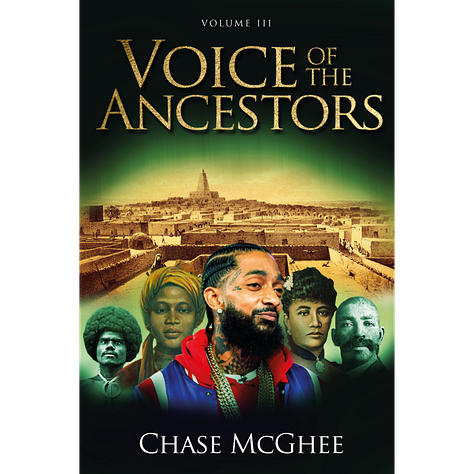The Indigenous Negritos of the Philippines
No matter where you go around the world, you can find the indigenous negro!
Introduction
The Aeta, also known as Agta or Ayta, are an indigenous people of the Philippines who inhabit the mountainous regions of Luzon. They are among the earliest inhabitants of the archipelago, predating the Austronesian migrations. The Aeta are recognized for their distinct physical features, including dark brown skin, curly to kinky afro-like hair, and a small stature. Despite centuries of colonization and modernization, the Aeta have preserved much of their traditional lifestyle and culture, although they face significant challenges in contemporary society.
History and Settlement
The Aeta people are thought to have arrived in the Philippines via land bridges that once connected the islands to the Asian mainland, approximately 30,000 years ago. Unlike their Austronesian neighbors, who arrived later via sea routes, the Aeta have traditionally been nomadic, building temporary shelters from natural materials. Their resilience is evident in their resistance to Spanish colonization efforts, particularly the reducciones or settlements aimed at converting indigenous populations. Today, the Aeta are found in several provinces, including Zambales, Tarlac, Pampanga, and Nueva Ecija, though many were displaced by the 1991 eruption of Mount Pinatubo and now live in resettlement areas.
Cultural Practices and Beliefs
The Aeta maintain a rich cultural heritage, characterized by their weaving and plaiting skills, traditional clothing, and religious beliefs. Their traditional attire is simple, with young women wearing wrap-around skirts and elders donning bark cloth. The Aeta are skilled weavers, with women typically crafting winnows and mats, while men produce armlets and raincoats from palm leaves. Religiously, the Aeta practice a form of animism, believing in environmental spirits and a supreme being known as "Apo Na." Their rituals often intertwine with their economic activities, such as dances performed before and after hunts to ensure success and express gratitude.
Contemporary Challenges
Despite their deep-rooted traditions, the Aeta face numerous challenges in modern times. Mining, deforestation, and illegal logging have significantly reduced their population, forcing many to adopt a more nomadic lifestyle due to socio-economic pressures. The life expectancy of the Aeta is alarmingly low, with a high infant mortality rate and an average life expectancy at birth of just 16.5 years. Additionally, their integration into mainstream society is complicated by discrimination and a lack of governmental protection for their lands and way of life. Efforts by missionary groups have introduced Christianity to many Aeta communities, resulting in a mix of traditional beliefs and new religious practices.
Conclusion
The Aeta people of the Philippines embody a rich cultural legacy that has endured for millennia despite numerous challenges. As one of the earliest inhabitants of the archipelago, they offer valuable insights into the pre-Austronesian history of the region. Their traditional practices, from weaving to animistic rituals, highlight a deep connection with nature and a resilient spirit. However, the Aeta's future remains uncertain as they grapple with environmental degradation, socio-economic pressures, and health crises. Preserving their heritage and addressing the challenges they face requires concerted efforts from both governmental and non-governmental organizations to ensure that the Aeta can continue to thrive in a rapidly changing world.
Voice of the Ancestors Book series 






